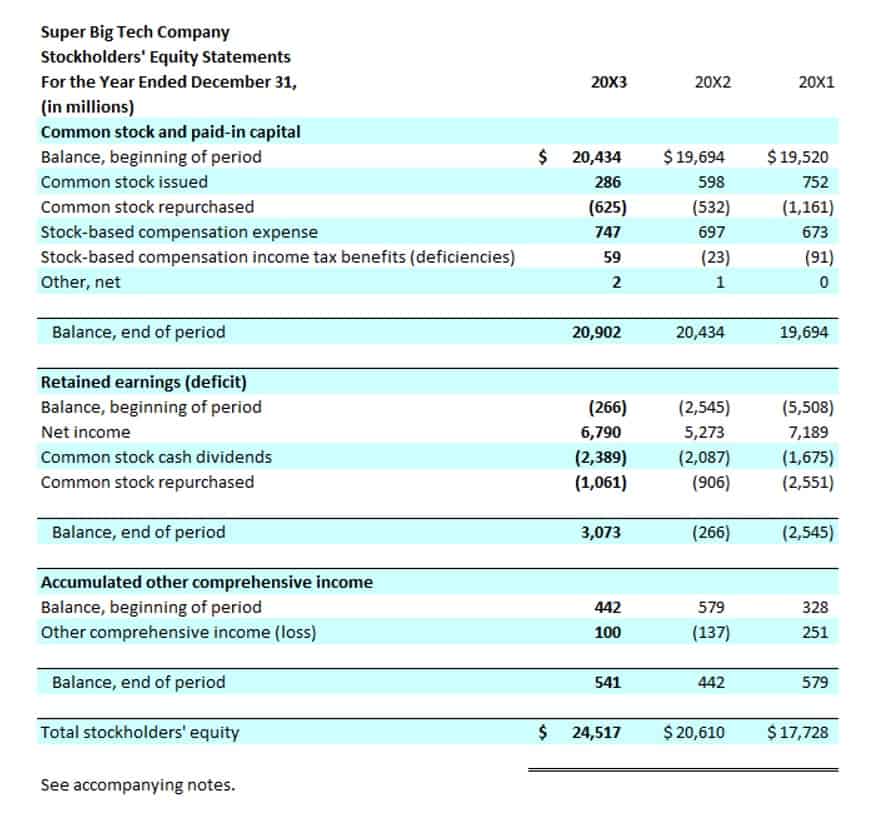
To understand the use of LIFO in a perpetual inventory system, read “last-in, first-out (LIFO) method in a perpetual inventory system” article. To determine COGS under LIFO, identify the cost of the most recent inventory purchases and multiply by the quantity of inventory sold. LIFO finds its primary application in the United States, where it is a permissible accounting method. Its use is less common in countries like India, where tax laws and regulations differ. To calculate total cost of goods sold, add the cost of each of the sales.

An Example of LIFO Calculation

LIFO (“Last-In, First-Out”) means that the cost of a company’s most recent inventory is used instead. LIFO, as mentioned above, is a good option if the cost of your inventory is expected to go up in the future. If you undertake research about which companies use this method the most, you’ll find that gas and oil companies, car dealerships and retailers use it the most. Dollar-value LIFO places all goods into pools, measured in terms of total dollar value, and all decreases or increases to those pools are measured in terms of the total dollar value of the pool.
- Let’s imagine a stationery supplier, who has 300 units of pens in stock, purchased these in 3 batches of 100 units each.
- Dollar value LIFO can help reduce a company’s taxes (assuming prices are rising), but can also show a lower net income on shareholder reports.
- Since LIFO uses the most recently acquired inventory to value COGS, the leftover inventory might be extremely old or obsolete.
- In these sectors, inventory costs can significantly fluctuate, making LIFO advantageous for matching current costs with current revenues.
- By offsetting sales income with their highest purchase prices, they produce less taxable income on paper.
- It’s good as it results in a lower recorded taxable income, giving businesses a lower tax bill.
Last-In, First-Out (LIFO) Inventory Calculations
FIFO differs in that it leads to a higher closing inventory and a smaller COGS. LIFO is more popular among businesses with large inventories so that they can reap the benefits of higher cash flows and lower taxes when prices are rising. Most companies that use LIFO inventory valuations need to maintain large inventories, such as retailers and auto dealerships. The method allows them to take advantage of lower taxable income and higher cash flow when their expenses are rising. When you compare the cost of goods sold using the LIFO calculator, you see that COGS increases when the prices of acquired items rise. Such a situation will reduce the profits on which the company pays taxes.

How To Calculate FIFO
- In fact, the very oldest inventory of books may stay in inventory forever and never be circulated.
- FIFO leaves the newer, more expensive inventory in a rising-price environment, on the balance sheet.
- Businesses with large inventories, such as wholesale distributors, retail chains, and manufacturing companies, might choose the LIFO method.
- A member of the CPA Association of BC, she also holds a Master’s Degree in Business Administration from Simon Fraser University.
Many countries, such as Canada, India and cash flow Russia are required to follow the rules set down by the IFRS (International Financial Reporting Standards) Foundation. The IFRS provides a framework for globally accepted accounting standards. LIFO, or Last In, First Out, is an accounting system that assigns value to a business’s inventory.

- LIFO stands for last-in, first-out, and it’s an accounting method for measuring the COGS (costs of goods sold) based on inventory prices.
- Charlene Rhinehart is a CPA , CFE, chair of an Illinois CPA Society committee, and has a degree in accounting and finance from DePaul University.
- If you are a business owner based in the USA, you should be aware of LIFO (last-in-first-out).
- Companies looking to maximize cash flow by deferring tax payments may opt for LIFO.
- The last in, first out (LIFO) method is suited to particular businesses in particular times.
- On the LIFO basis, we will value the cost of the shoes sold on the most recent purchase cost ($6), whereas the remaining pair of shoes in inventory will be valued at the cost of the earliest purchase ($5).
If you wish to calculate COGS using the LIFO method of inventory valuation, you have to find out the cost of your latest inventory. Next, you have to multiply it by the amount of inventory you have sold. LIFO stands for ‘Last-In-First-Out.’ It is a method lifo inventory method formula used to calculate the valuation of inventory. As per the underlying concept of LIFO, the latest items that get included in an inventory are the first to be sold at the beginning of an accounting year. It is essential to have a proper understanding of how much to invest in inventory.

For example, on January 6, a total of 14 units were sold, but none were acquired. This means that all units that were sold that day came from the previous day’s inventory balance. For example, only five units are sold on the first day, which is less than the ten units purchased that day. FIFO is more common, however, because it’s an internationally-approved accounting methos and businesses generally want to sell oldest inventory first before bringing in new stock. This is why LIFO creates higher costs and lowers net income in times of inflation. Last in, first out (LIFO) is only used in the United States where any of the three inventory-costing methods can be used under generally accepted accounting principles (GAAP).
